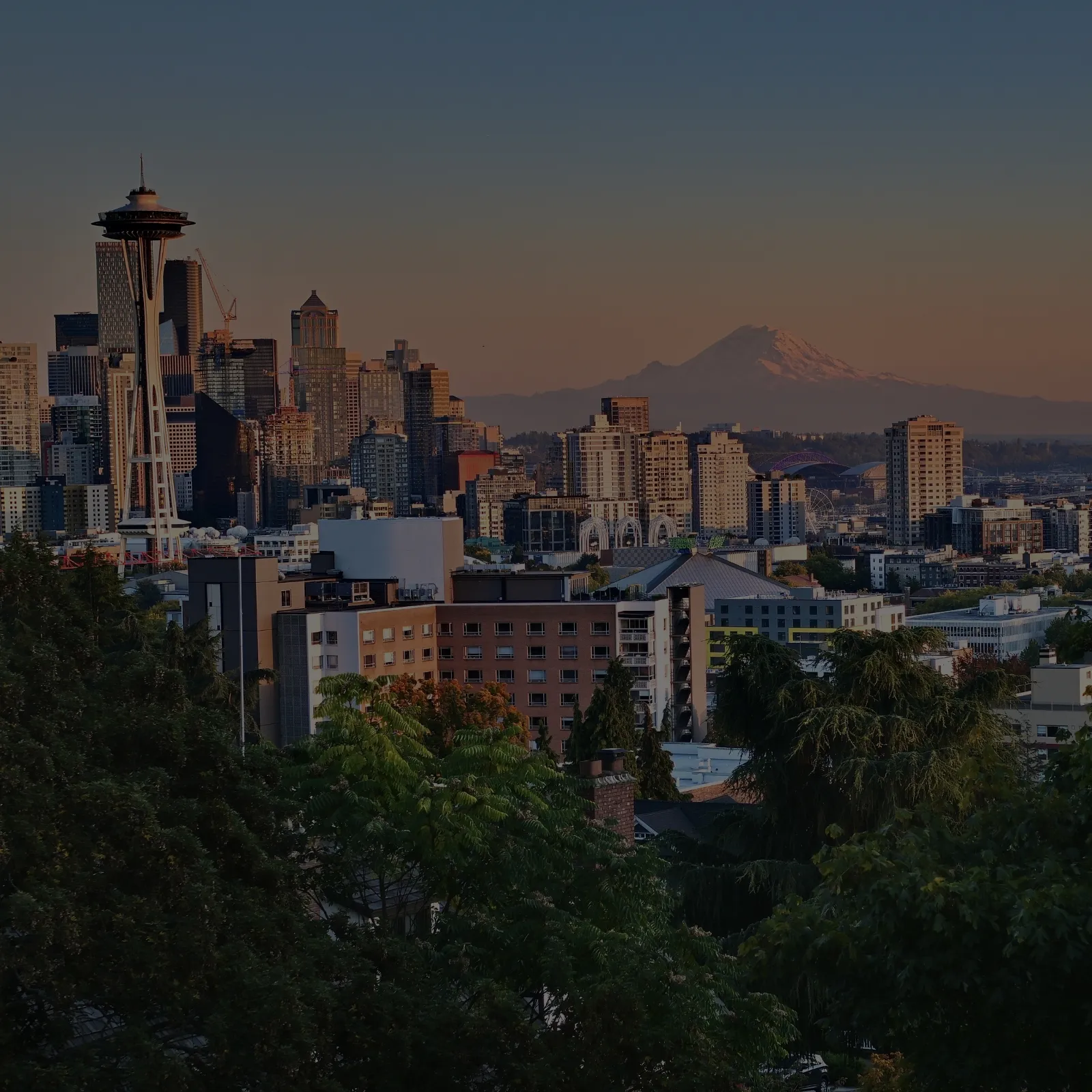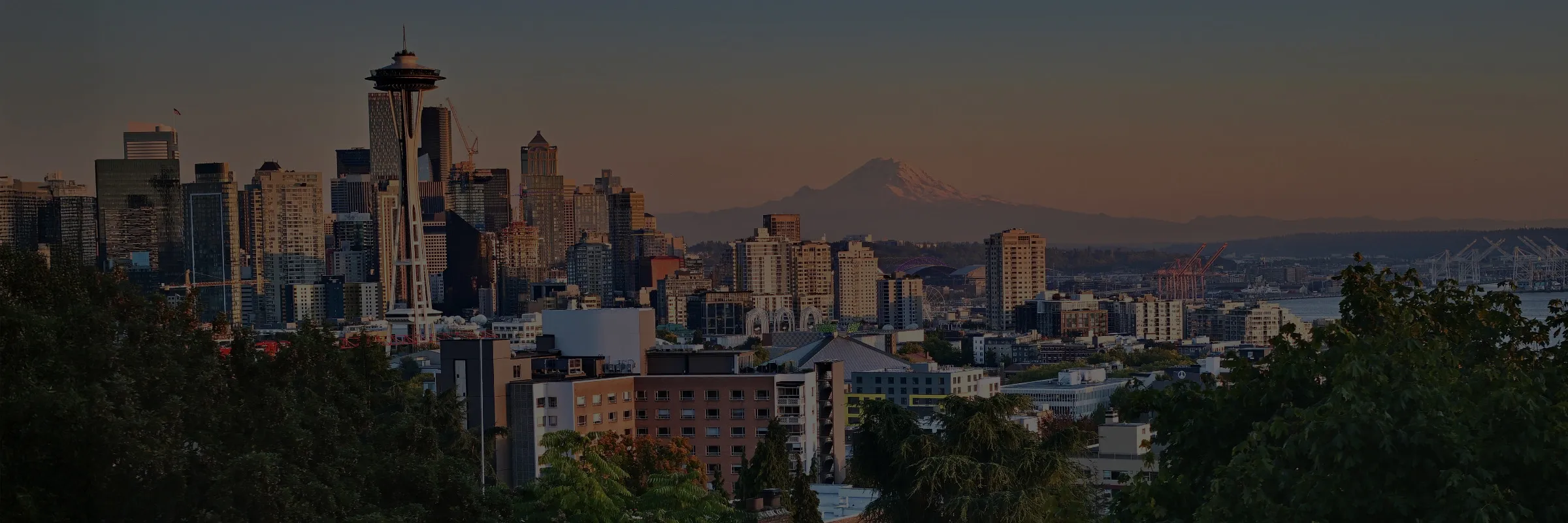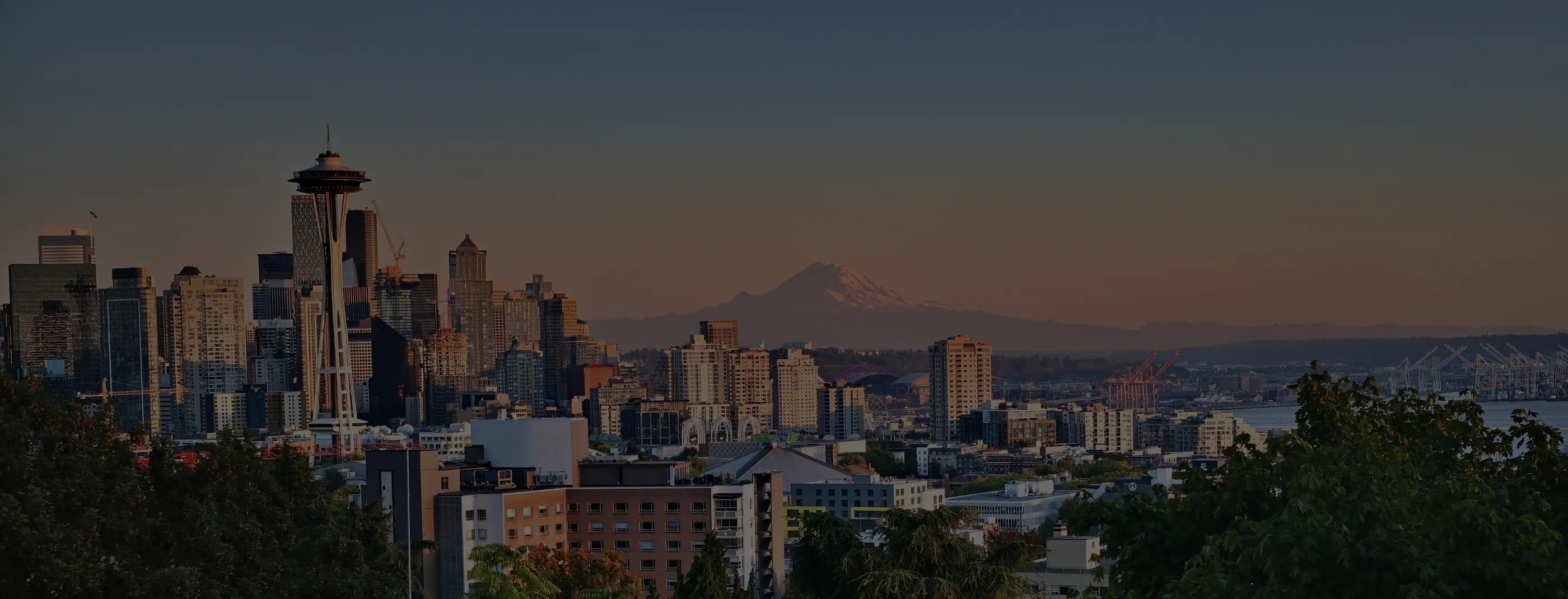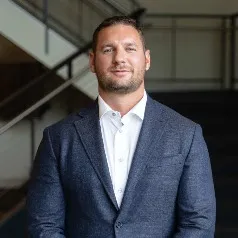Having a thorough understanding of who has the right of way on Washington roads is critical for both safety and liability. While these laws don’t give any driver an absolute right to proceed, they outline clear rules about who must yield in different situations. Failing to follow them can increase the chances of a collision and may also make a driver legally responsible for damages.
Below is an overview of how right of way laws work in Washington State and why they matter after an auto accident in Seattle.
Intersections and Stop Signs
At intersections without traffic signals, the driver who arrives first generally has the right of way. If two vehicles reach the intersection at the same time, the vehicle on the right goes first.
At a four-way stop, the same rule applies: the first to arrive proceeds. When arrival is simultaneous, the driver on the right has priority.
Left Turns
When making a left turn, a driver must yield to oncoming traffic that is close enough to pose a hazard. Left-turning vehicles must also yield to pedestrians or cyclists crossing the street lawfully.
Pedestrian Right of Way
Washington law strongly protects pedestrians. Drivers must yield to pedestrians in marked crosswalks and at intersections, even when there is no marked crosswalk. Pedestrians also have the right of way on sidewalks and when entering or leaving driveways.
Failing to yield in these circumstances is a common cause of pedestrian accidents in Seattle and other urban areas. If you or a loved one was hit by a motor vehicle, reach out to our experienced team of Seattle pedestrian accident lawyers for help filing a claim.
Emergency Vehicles
Motorists must yield the right of way to emergency vehicles with flashing lights or sirens. This typically means pulling over to the right side of the road and stopping until the vehicle has passed. Drivers who fail to comply may face steep fines and liability if an accident results.
Merging and Passing
Drivers entering a roadway from a private drive or parking lot must yield to traffic already on the road. When merging onto a freeway, motorists are required to yield to vehicles already traveling in the lanes of traffic.
When passing, drivers must ensure there is enough space to complete the maneuver safely and must yield to oncoming vehicles.
What Damages Can I Recover in a Washington Car Accident Case?
If you were hurt in a car accident in Washington, you may be able to pursue compensatory damages. These damages are meant to cover the financial and personal losses caused by the crash.
Economic damages cover the tangible costs of your accident, such as:
- Medical bills and future treatment costs
- Lost wages if you had to miss work
- Reduced earning capacity
- Property damage
Non-economic damages are more subjective but just as important. They may include:
- Pain and suffering
- Emotional distress
- Loss of enjoyment of life
Punitive damages generally aren’t available in Washington State personal injury cases, with only rare exceptions that are explicitly authorized by statute.
Contact Seattle Injury Law for Help
Right of way laws in Washington State are designed to reduce confusion and keep drivers, cyclists, and pedestrians safe. Failing to follow them can lead to serious crashes and liability for damages.
If you were injured in an accident and believe another driver failed to yield, you may be entitled to compensation. Contact an experienced Seattle injury attorney with our team at Seattle Injury Law today to get started with a free consultation.




